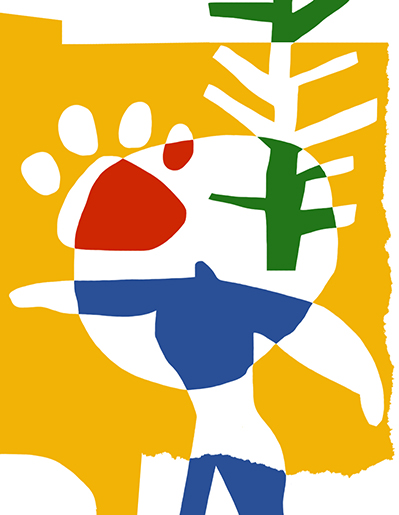
COVID-19 is the latest example of an emerging zoonotic disease whose origins we still don’t entirely understand. It’s a novel coronavirus like SARS and MERS, diseases that emerged from an animal reservoir, probably a bat reservoir, into another species—the palm civet in the case of SARS and camels in the case of MERS—and then jumped into people who were working closely with animals. We believe COVID-19 also had a bat reservoir, and that it spilled over to another species somewhere in the Wuhan region, and from there to people.
At the metacenter we embrace a “One Health” approach. The essence of it is finding a way to achieve healthy coexistence with a diverse group of other species on a changing and crowded planet: How are we going to feed a global population approaching 8 billion people in a way that is good for people and for the animals that constitute a lot of that food source, and that avoids trashing the environment and destroying biodiversity? That’s a big challenge.
Zoonotic diseases will continue to be a major concern, given a significant increase in the global population of both people and food animals. We’re going to have more interactions like this, and we’re going to have to manage them much better. This virus has been able to spread more efficiently than others. One of the factors is more travel, more interchange. When SARS emerged, in 2003, China was only 4 percent of the world’s GDP; in December 2019, it was 20 percent. That shows you how much more interconnected we are. To boost our readiness for preventing the next zoonotic pandemic, there needs to be a comprehensive look at food systems around the world and how we’re planning to feed growing populations.
In the U.S., we haven’t moved fast enough to cope with this pandemic. Countries that took testing, contact tracing, social-distancing measures and quarantine very seriously have had better success than we have. Six months from now in the U.S., we’ll probably be dealing with a second or third wave. If we relax measures now, we’ll have to be ready to put them back on again.
Dr. Peter Rabinowitz ’78, co-director, MetaCenter for Pandemic Preparedness and Global Health Security, University of Washington